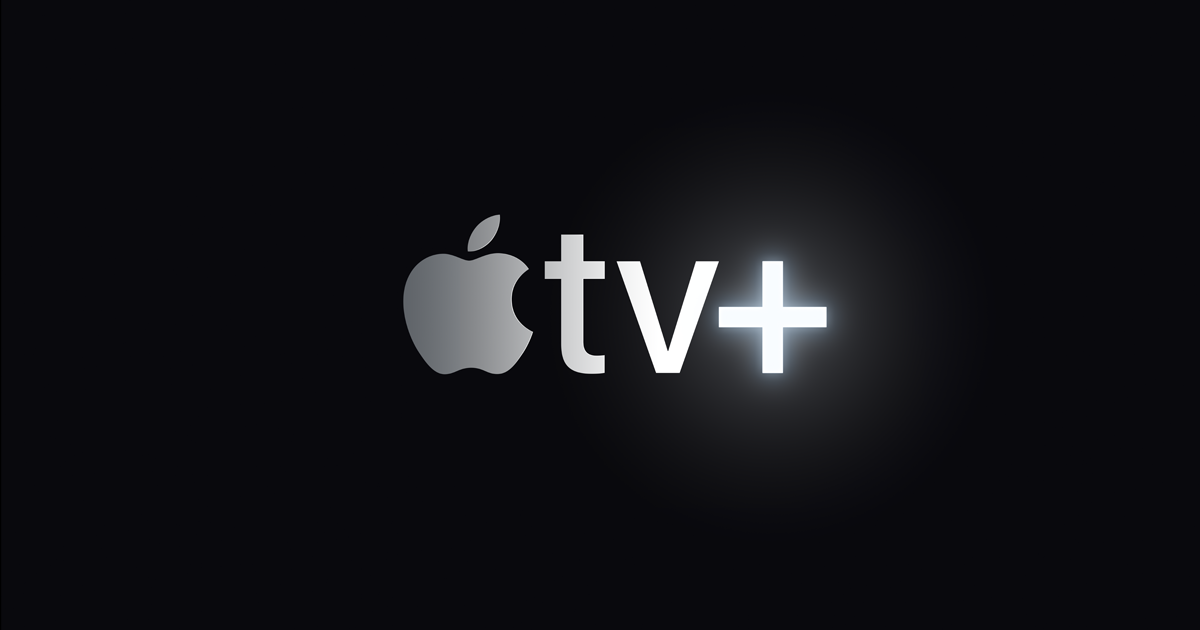On last night’s BBC Ten O’Clock News, there was a story on the [re-] launch of Apple TV [+].
I suspect that this had become a diary item after Apple announced that they’d be announcing something yesterday, because in the end, I’m not sure that there’s a great deal to talk about yet, and the announcement didn’t feel worthy of its spot in the main news bulletin of the day.
Primarily, Apple announced a service that is a lot like what Amazon and others already offer. That is, you can subscribe to a set of different streaming package offers through one billing mechanism. So, beyond Amazon’s Prime Video, the service will upsell me offerings like BFIPlayer, Eurosport, Discovery, Shudder, Mubi, StarzPlay and many more.
Apple’s new offer appears to be largely the same. Sure, they’re glitzy names – but then HBO, Showtime and Hulu don’t currently offer direct UK subscriptions.
This is Apple, and they can throw billions at something to make it work, but here’s what I want to know that yesterday’s announcement doesn’t really tell me:
- Is this service just aimed at Americans? I ask that up front because, while it’s going to launch in 100 countries, all the shows seem to be American. To be successful globally, as Netflix has discovered, you have to make locally relevant programming too. Hollywood fare alone just doesn’t cut it. There was also no mention of any library or back catalogue. Recall that Netflix launched its streaming offering almost entirely based on other companies’ older programming. Only with House of Cards and Orange is the New Black did they start making originals. Even today, the bulk of their offer is licenced. Tim Cook mentioned new programming coming every month! Wow! Netflix has multiple new things coming on stream every week. Apple seems to have a decent sized slate, but they don’t have enough to offer something new every week – one series a fortnight at best. And that includes things that I’ll never be watching like some of the kids offerings. Which brings us to…
- How much will this cost? There’s two parts to this, because the Apple TV app itself will be free – an updated version of the current app will be released across all iOS devices. But you’ll then need to subscribe to channels to watch on it. Apple’s own shows don’t launch until the autumn at which point you’ll be able to subscribe to Apple TV+ for an unknown amount. But in the meantime you’ll be able to subscribe to others’ offerings from May. Netflix costs $10.99 upwards (£6.99 upwards in the UK), so that’s the benchmark for comparison. I was foolish enough to at one point think Apple might give away their package to drive uptake on hardware. But this is Apple. Everything they do is priced at the premium end of the spectrum. Only their music streaming service is priced competitively with the market. My bet is that this will be closer to $10 than to $5. But the problem comes when people realise that they’ve watched everything on the service – not a problem anyone can ever really say they’ve had with Netflix. Also, if Disney+ announces a reasonably aggressive price in the meantime, then Apple’s offering will be compared to that. I can’t see that either Apple or Disney can charge more than Netflix, but we’ll have to wait and see.
- Will there be bundles? You can only really assume that they’ll be bundling some of their services together. A few dollars on top of your Apple Music subscription adds Apple TV+ for example. Throw in some of their insanely expensive iCloud space, and you begin to get to something interesting. It’s notable that in the US, Spotify has been running a promotion with Hulu bundling services. That felt like getting a hit in early before Apple launches. The Hulu promotion is just that – a limited time promotion. But bundles of services are the way forward, as mobile phone operators have discovered. Many already have subscriber deals for Spotify, Netflix or Apple Music. Expect more to follow. Then there’s the idea of a full “Apple Prime” offer could include music, TV, iCloud and regular new iPhones – all for a chunky monthly fee. Why not get yourself one of those American Psycho-style insane titanium Apple credit cards while you’re at it?
- How are we supposed to watch? I did wonder whether Apple would release a cost effective new Apple TV box. Their current boxes aren’t remotely competitive in the marketplace, starting at £149 in the UK, and rising to £179/£199 for a 4K model. Amazon sells a streaming stick with similar functionality for £49, while Roku’s equivalent is £59. A 4K Google Chromecast costs £69. While Apple TV may have achieved reasonable penetration in the US, I’m not sure that’s the case beyond those shores. Consequently, Apple is belatedly working with smart TV manufacturers like Samsung, Sony, LG and Vizio. But I never trust TV manufacturers to update software for any models apart from their most recent, so those with 2018 models or older may be out of luck with the new apps. That does mean that Apple has realised that they have to offer versions of its Apple TV app for Roku and Amazon devices. It’s notable that to get Netflix apps on just about every device, Netflix develops itself across multiple platforms, and then offers a Netflix SDK for others to build Netflix apps on their otherwise unsupported devices. Basically, you need to have Netflix on your box, and Netflix has a mechanism to allow that. Let’s see what Apple manages.
All of this leaves me a little underwhelmed. I’m not an Apple fanboy, and the extent of my hardware ownership is a basic iPad – although an old iPod Touch and iPod Classic sit quietly in a drawer.
As it stands, my 2012-era smart TV is unlikely to get an Apple TV app, and there’s no mention of an Android app for my Nvidia Shield TV. Those are my primary ways of watching TV outside of my elderly Sky box. I’m absolutely not going to spend £150 on an additional box to watch a handful of new shows that are a completely unknown quantity.
There might well be some good shows in this mix somewhere, but we’ll have to wait and see. Big names do not automatically mean top quality, and I’m not wholly convinced that Apple will give programme makers the creative freedoms that other streaming services and channels offer. There are rumours that Tim Cook is uncomfortable with shows that aren’t family-friendly – you know, the kind of things that HBO and Netflix have built their businesses on.
And to be sure, this seems to be a bigger deal in the US than it is in the rest of the world. Apple’s device penetration is higher in the US. I note that while the TV offer will launch in 100 countries, their also-announced games offer will launch in 150 countries. It’s unclear to me what the difference is.
This all goes back to how many services a home is likely to subscribe to. Most people haven’t cut the cord. They still subscribe to satellite or cable. Netflix is probably the first OTT service on someone’s shortlist, and depending on their wider Amazon usage, Prime Video is next up. The forthcoming Disney+ service will satisfy an awful lot of homes, and comes with the addition of a decent library on top of new shows. Into this mix is coming Apple, a new Comcast offering, a new WarnerMedia offering and no doubt many more of varying sizes and costs.
It’s also interesting that just about none of these big new services have shown any real interest in sport – one of the two key genres that has historically driven premium TV uptake.
Apple announced a version of ESPN for their app, but it’s not the premium offer where the key live sport sits. In the US, ESPN tends to be funded by all cable subscribers in a certain tier or above, taking a high, but not massive fee from the monthly cable subscription from everyone – say $8. You buy a basic cable package and you get (and pay for) ESPN whether or not you watch sport. In the UK, it’s mostly an add-on. If you want Sky Sports, you pay £22 or more a month to get their sports channels added. If you take a basic Sky subscription, you don’t pay for sport and don’t get it. And the basic package is usually cheaper in the UK than the US as a consequence.
All of this means that as cable packages are being disaggregated by things like “skinny bundles”, the price for those who want sport is likely to rise. That’s probably part of the reason that Netflix has not gone near sport (in addition to rights costs and technical issues related to maintaining consistent live streams). Amazon is toying with it – their ATP tennis offering up and running in the UK, where a dreadful user interface basically hides the fact that there is live sport on offer. Amazon also has some very limited Premier League football rights from next season. But for the most part, sport is not in the mix for many of these services.
In the end, yesterday we got a logo and a showreel, and not a great deal more. Pricing will be key.
I’m not holding by breath.


Comments
One response to “Apple’s TV Offering: Difficult to Get Excited”
Underwhelmed summed it up perfectly for me as well. Apple is entering a very very crowded streaming market. There are already more services and TV shows than I could ever watch in my lifetime. I just can’t really get excited for “just one more service”.